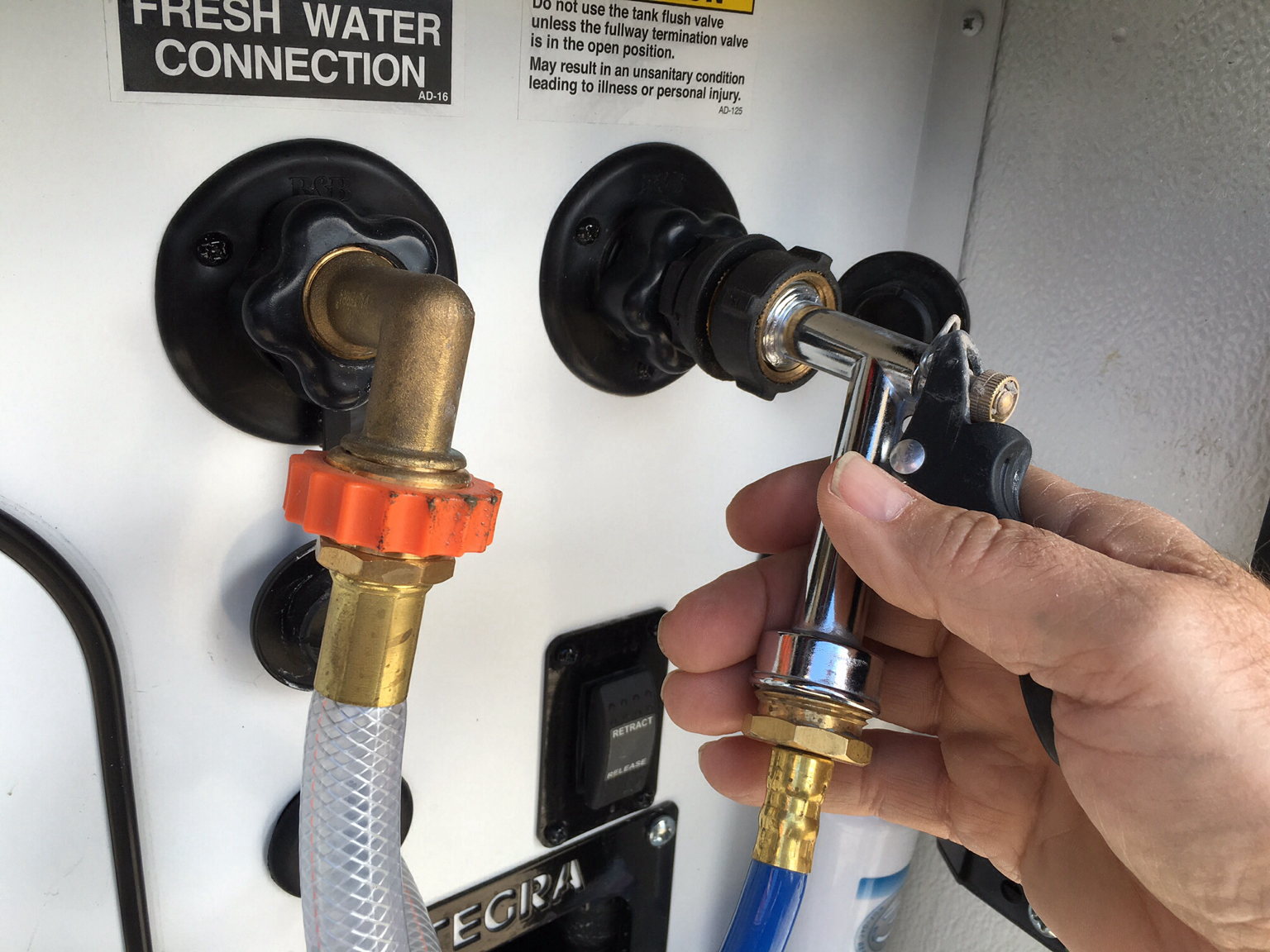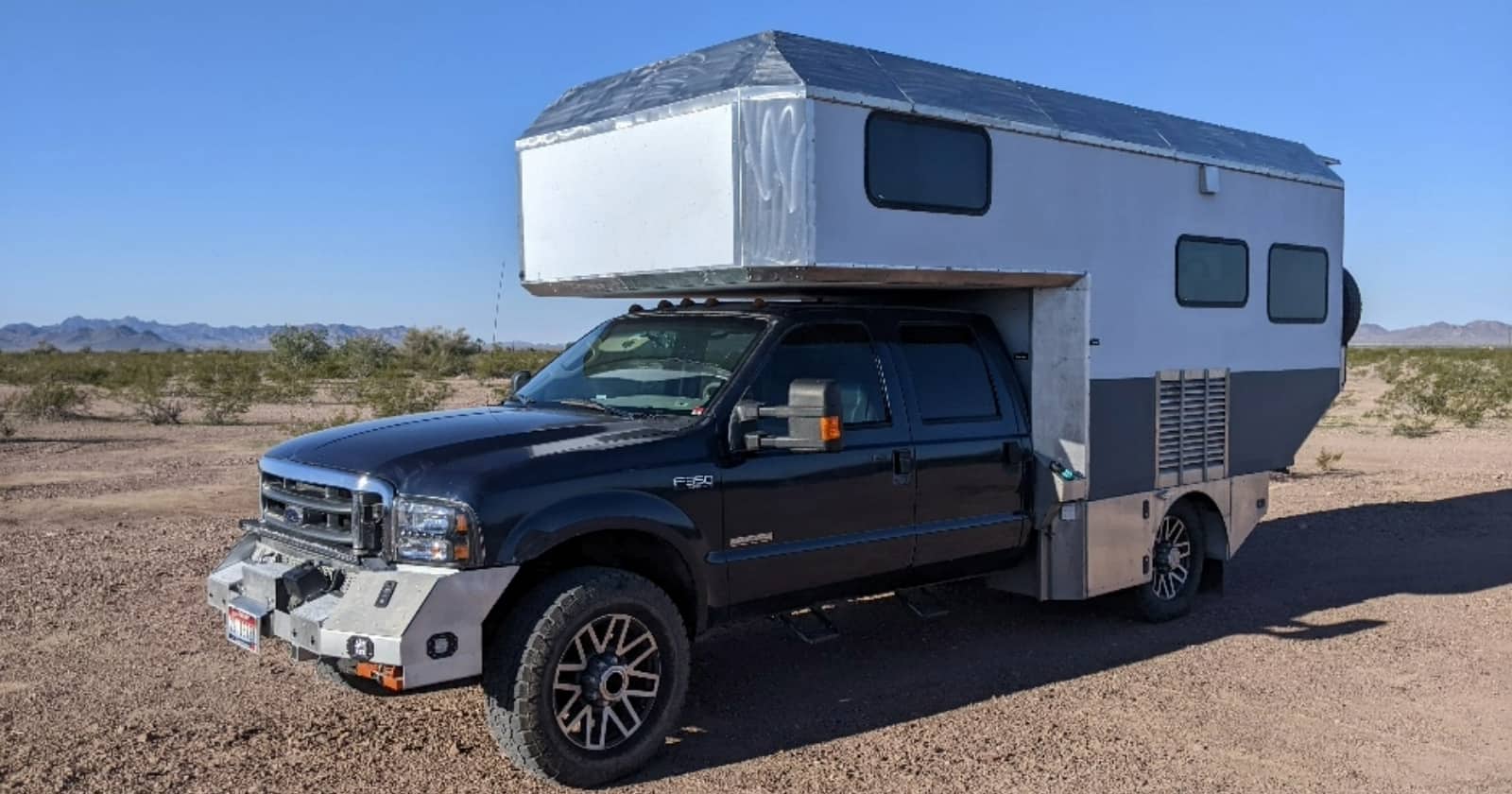
A Guide To Cleaning RV Tank Sensors
How to clean RV tank sensors is a frequent discussion among RVers. In fact, this has been a question RVers have been asking since the day tank sensors were first installed on RVs.
Anything wet and slightly conductive covering the sensors like toilet paper, human waste, grease, etc. can cause a false reading on the holding tank monitor panel. When you encounter a false reading, dirty sensors are likely to blame. The sensors will need to be cleaned to restore proper operation.
“Black water tank sensors misread because poop and toilet paper are caked on the sensors and gray sensors misread because they become layered with grease and oils.” Per Unique Camping and Marine
3 Ways To Clean Your RV Tank Sensors
Method one
Using a grease dissolving dish soap like Dawn, fill the tanks (black and/or gray) with a water/soap solution, and let them sit for at least 24 hours, then dump the tanks. This soaking will often dissolve the gunk and grease covering the sensors and resolve any false readings.
Another version is to use automatic dishwasher detergent, which contains a softening agent. Fill the holding tank(s) you want cleaned about halfway full of a mixture of detergent and water, then drive to your destination. The agitation while driving will activate the detergent, just like in your dishwasher, and clean the tanks as you drive. When you arrive at camp, dump your tanks and your sensors will likely be reading correctly. When possible, use hot water to make either method more effective.
Method two
Many newer RVs have a rinser built into the black holding tank that allows the owner to rinse the black tank after dumping it. After dumping, the owner hooks a pressurized garden hose to a fitting on the side of the RV, which sprays water around the interior of the black tank, hopefully cleaning the sensors in the process.
If your RV does not have a built-in rinser, you can add one like this or use a handheld one like this. The handheld unit has the advantage of allowing the user to spray water directly at the sensors. Rinsers are typically only applied to the black tank, but I suppose you could add a built-in rinser to a gray tank if needed.
Warning: Use a non-potable water hose to connect to a handheld or built-in rinser, as backflow from the holding tank could contaminate the hose. Pay close attention when using rinsers to make certain you do not overflow the toilet or pressurize the holding tank, which will send wastewater out the plumbing roof vent. Neither is a pretty situation. Also make sure you don’t accidentally hook up your city water to the black tank rinser, turn on the faucet, and walk away.
For sensors that are really dirty, use method one to soften caked-on gunk and then use method two to knock it loose once it is softened.
Method three
Take preventative steps. Rather than wait for your sensors to get dirty, follow these steps to help keep them clean.
First, use an enzyme waste digestive toilet chemical that will help break down waste before it can accumulate on your sensors. Next, use copious amounts of water when flushing your toilet. This will help disperse the waste in the tank and allow the toilet chemical to do its job.
It is best if you add extra water to the bowl before flushing. Then when you flush, the sudden rush of water hitting the bottom of your black tank will cause the solids to spread out better, where they are more likely to be covered by toilet chemical, and it will help keep the solids from forming a pyramid at the base of the toilet (aka the pyramid of doom). Unfortunately, dry campers don’t have the luxury of using copious amounts of water or dumping the black tank as often as those camping in a full hookup space.
Here is a video entitled “How to clean RV tank sensors” that demonstrates the methods covered above:
Other methods
Undoubtedly, when discussing how to clean RV tank sensors with other RVers, you will hear about adding ice cubes to the black tank and taking the RV for a drive. The thinking behind this method is the ice cubes will beat along the sides of the tank as you drive and remove the stuck-on crud. Does it really work? Check out this video from The Fit RV to find out:
Track your RV maintenance
Hopefully this short tutorial on how to clean RV tank sensors will provide you with the knowledge you need to keep your RV tank sensors reading correctly.
Make sure you keep track of all your RV maintenance and repairs with an online tool such as RV LIFE Maintenance. Not only can you keep all of your documents in one place, but you’ll also receive timely reminders when maintenance is due to help you avoid costly repairs and potentially serious accidents.



